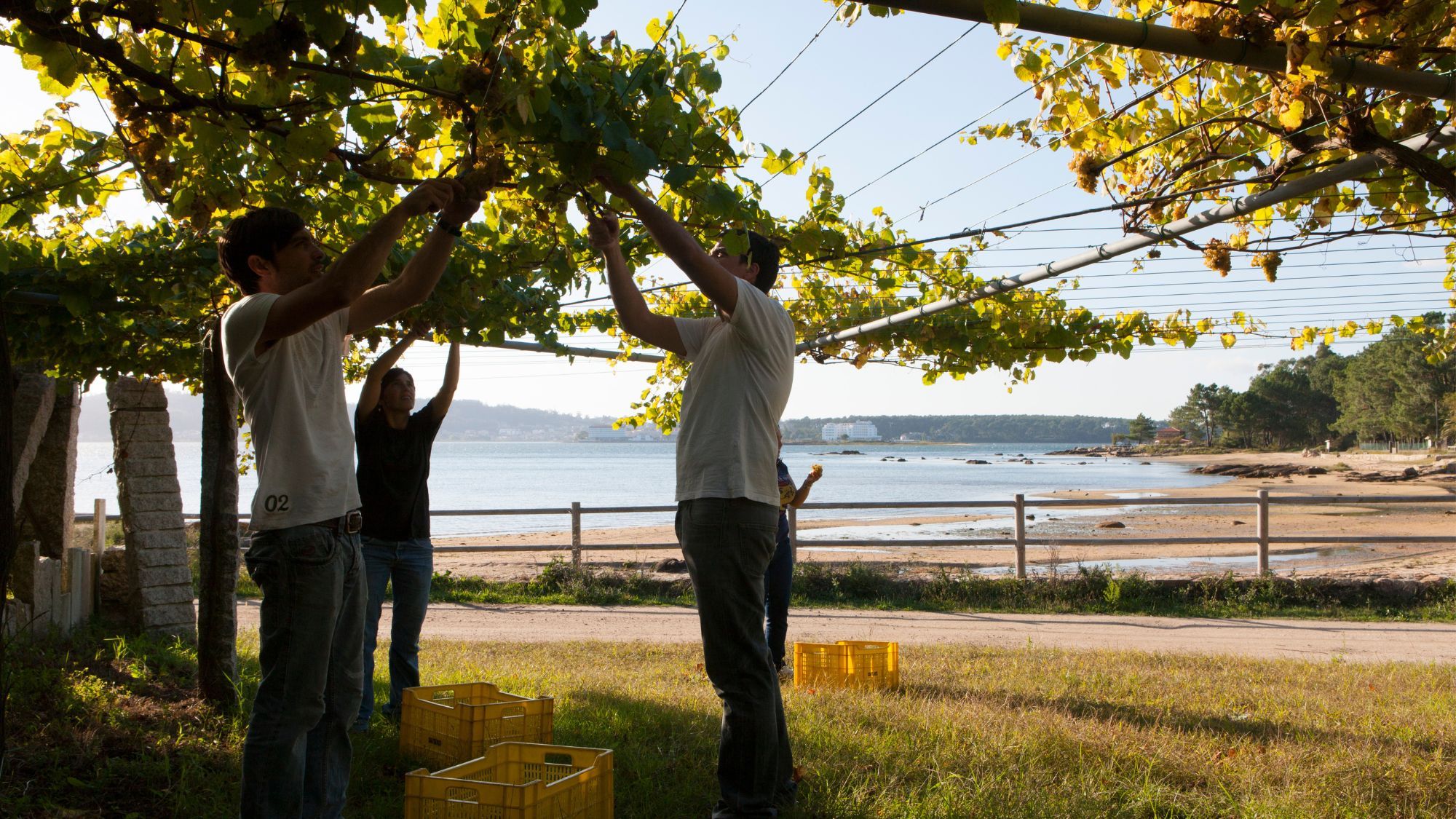“As producers look to get consumers to trade up to better quality wines and more elaborate styles, they are making huge efforts to establish the subzones in a context all of their own, whilst remaining true to pure Atlantic Albariño,” writes Turner.
I’m very lucky to have travelled throughout many of the wine regions of Spain, but Rías Baixas is one that has so far alluded me. Tucked up on the North West coast, this relatively cool and wet part of the country is signified by Galicia being known as ‘Green Spain’. With the Atlantic Ocean to the west and the Cantabrian Sea to the north, the average July weather has more in common with London and Edinburgh than it does Madrid. As one of the fair-skinned brethren, I think it sounds right up my street!
The region is, of course, dominated by Albariño, responsible for nearly 95% of plantings. Other whites exist, such as Loureiro and Caiño Blanco, and even the occasional red variety, but overall Rías Baixas has become synonymous with this one white grape variety that has taken so kindly to the granite subsoils and ocean breezes. But it’s far from a one-trick pony.
Key subzones of Rías Baixas

Rías Baixas means “low estuaries” in Galician. Up and down the coast sit five designated sub-regions for the DO, each with their own climatic and geographical differences. The sub-regions of Ribeira do Ulla, Val Do Salnés, Soutomaior, O Rosal, and Condado Do Tea make up the list that hug the Ulla, Umia, Verdugo, and Miño rivers, and their tributaries, respectively. Although five officially exist, three make up the vast majority of plantings and production, namely Val Do Salnés in the north, with O Rosal and Condado do Tea to the south on the Portuguese border.
Val do Salnés is the oldest and original subzone. Given its openness to the Atlantic and its relatively long coast line, centred on the town of Cambados, it’s also the region’s coolest and wettest subzone. It’s also home to most of the wineries and vineyard, making up nearly 60% of vineyard area of Rías Baixas. Travellers to the region in August are encouraged to head into central Cambados on the 1st for the Fiesta Del Albariño, a local celebration that has been going on since the 1960s and is also now the date of World Albariño Day.
Next largest is Condado do Tea, with around 20% of the vineyards. The Tea is a tributary of the Miño and is spread over rugged and mountainous terrain to the south contiguous to the border with Portugal over the main river. It is further inland than other subzones, with no coastline of its own, meaning this is a warmer and drier region giving wine expressions with noticeably richer flavours and more tropical fruit.
The final subzone of the big three is O Rosal at 13% of the vineyard. This neighbours Condado do Tea to the west and stretches along the Miño and the Portuguese border to the Atlantic coast. This is a stunning region, with terraced vineyards dotted along the valley. In a nod to its proximity to Portgual, it’s the region with significant plantings of Loureiro and Caiño Blanco which are often used in a blend with Albariño.
The grape growing outlook
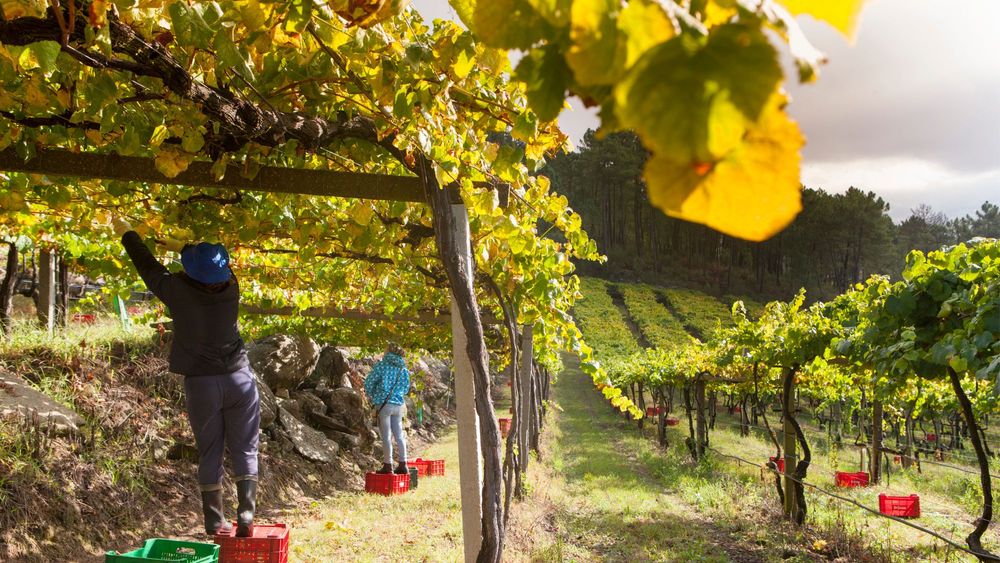
Trellised vines help to increase airflow and reduce mould in this very humid region
One of the key features of the whole of Rías Baixas is the granitic soil. The whole region is built on granite, including the famous Cathedral of Santiago de Compostela at the end of the pilgrimage route that brings thousands of devoted tourists to the region each year.
Aside from the buildings, however, it is also key to the famous minerality you get in these wines across all sub-regions. It’s also used as posts to hold up trellises. These posts have a dual function where they absorb the warm summer heat and slowly release at night to promote ripening.
Another key feature is the rainfall. Rías Baixas, depending on the vintage and sub-region, gets around 1600mm to 2000mm per year. That’s a lot! Care in the vineyard and sound canopy management is all important, especially with the vigourous Albariño vine. Those granite trellises are usually high off the ground to allow for crucial air circulation. Unsurprisingly, organic or biodynamic viticulture is extremely rare. The winemakers involved in this online tasting know of only one organically-certified producer, with all others following wider reaching and economically viable sustainable practices that the Consejo Regulador Rías Baixas enforces with regular audits and training.
The current market
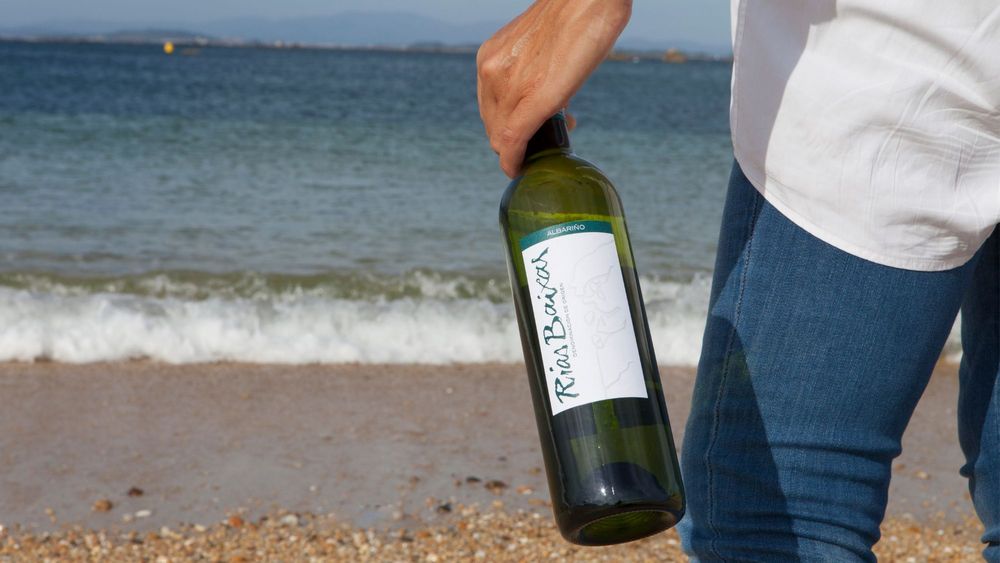
Rías Baixas is a region of small growers. There are over 20,000 individual vineyard plots, all worked by hand. This is very much an artisanal rather than industrial set-up. To put it into context, it has the same number of growers as Burgundy, but with just a sixth of the vineyard area and 5% of the producers.
The DO itself was inaugurated in 1988 with just 30 wineries to start with. By 1990 they were producing around 3.1 million litres of wine. Fast forward to 2021 (the latest official figures) and both production numbers and producers’ numbers have grown significantly, with 179 wineries producing 30.1 million litres of wine. Of that, 9 million litres are exported, with the UK one of the region’s top markets.
It’s to these larger export markets, as well as the all-important domestic market, that the producers of Rías Baixas now turn to promote the nuances and complexities of their product. It can be too easy to dismiss a region with, what looks to be on paper at least, one main grape variety and one over-arching climate. As producers look to get consumers to trade up to better quality wines and more elaborate styles, they are making huge efforts to establish the subzones in a context all of their own, whilst remaining true to pure Atlantic Albariño.
So how were the wines tasting?
Five producers joined a recent online call, kindly donating and presenting a wine from each of their portfolios, with each expressing the styles of their respective sub-regions.
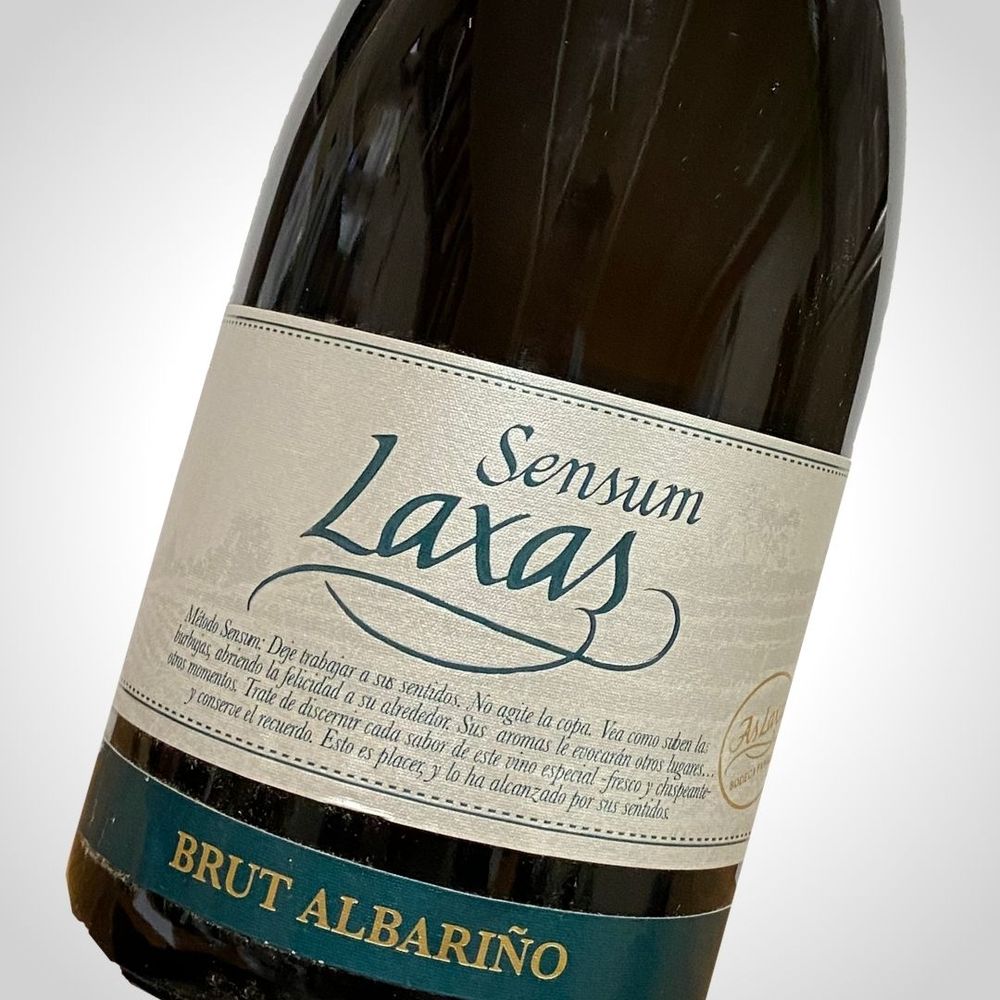
Bodegas As Laxas, Sensum Laxas NV Brut, Albariño, Condado de Tea
This traditional method sparkler was presented by winemaker Jorge Hervella. Made from 100% Albariño, it stays for up to 18 months on the lees but never loses its zingy, salty, mineral freshness. The fresh green and citrus fruit and the fresh bubbles are joined by a grainy minerality that can’t help but remind you that you’re drinking an Albariño from Rías Baixas. According to Jorge, it’s delightful with most seafood, fish, and white meat. Albion Wine Shippers, RRP £18.95
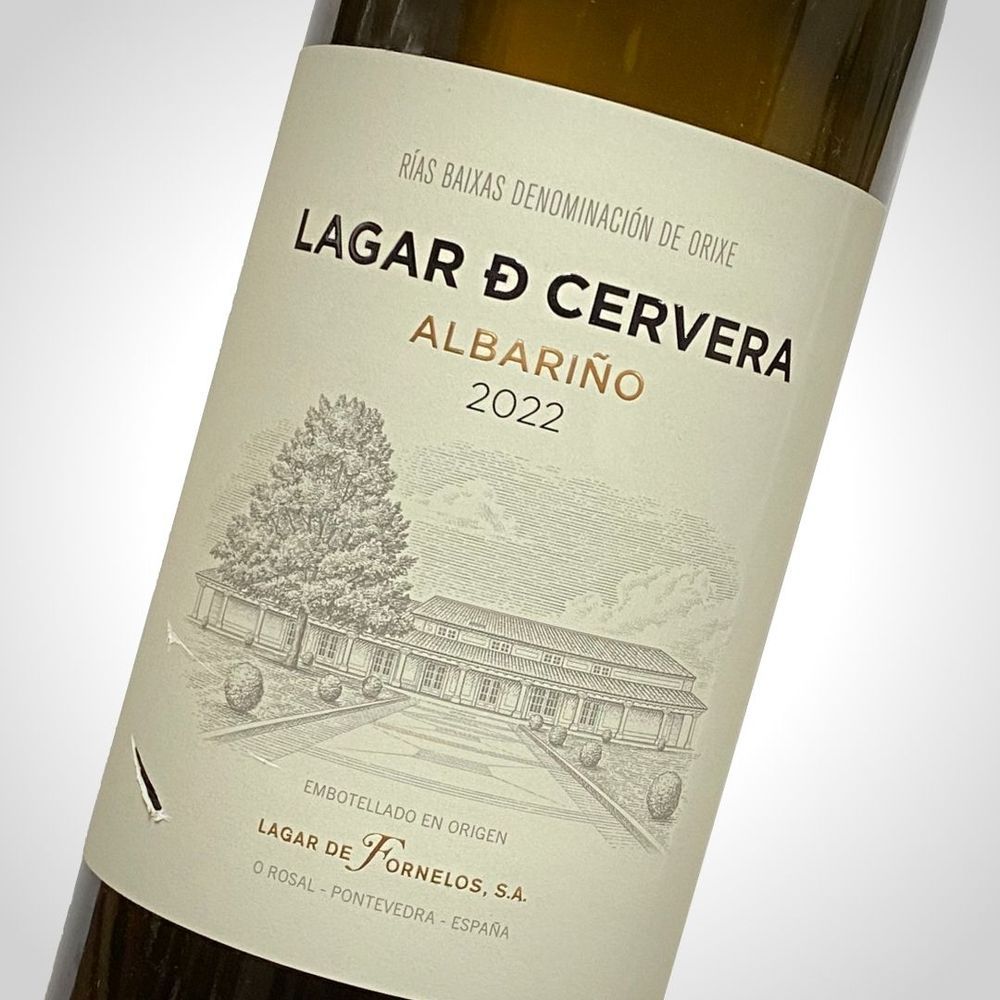
Lagar de Fornelos, Lagar de Cervera 2022, O Rosal
This wine is part of the La Rioja Alta group and was presented by its export manager Fernando Goy, who himself has family ties to the region. The idea with this cuvée is to go full classic, made to be drunk in the year. The wine spends just three months on the lees for some varietal structure, but its short, cold, maceration and cool fermentation has left a refreshing wine of lemons, peaches and golden apples with that beautiful freshness, minerality and saltiness you associate with this coastal sub-region. Enjoy with the utterly delicious ‘goose feet’ barnacles, so popular in this region. Armit Wines, RRP £20.00
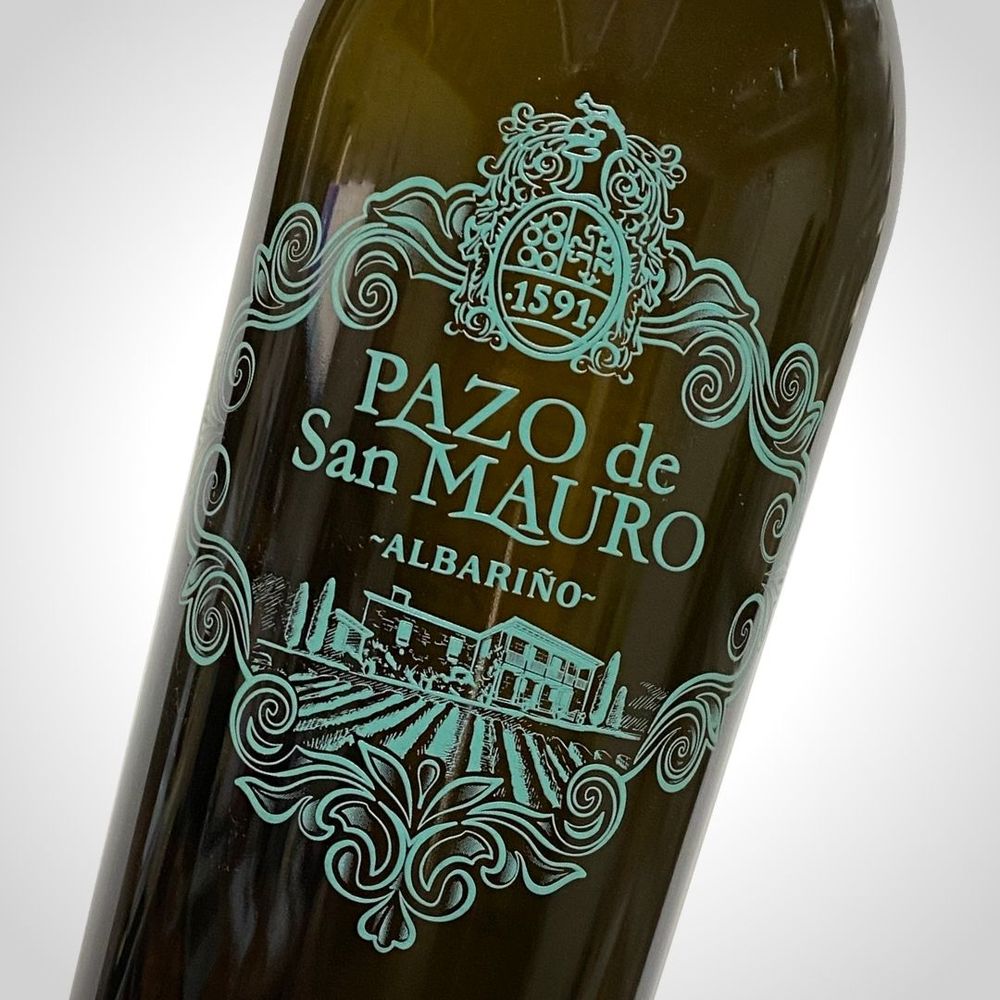
Marqués de Vargas, Pazo de San Mauro 2021, Condado de Tea
Marqués de Vargas is a famed and historic producer from Rioja who took control of this 16th century winery from 2003. Current winemaker Susana Perez was keen to highlight the prime postion, close to the Miño river, with vineyards planted on terraces with southern orientation giving important sun and light throughout the growing season. Condado do Tea is the warmest subzone in Rías Baixas and gives concentrated wines with this one showing necatrine, peach, lemon, pink grapefruit, red apples, and a rounder body with calmer acidity but still plenty to be balanced. One third of the grapes are subject to whole bunch vinification giving higher levels of aromatics including orange blossom and cashew nut. Still very much an Atlantic wine with salinity and minerality in abundance, it’s apparently a perfect match for Japanese food. José Pizarro, RRP £28.00

Bodegas Castro Martin, Family Estate 2020, Cambados, Val Do Salnés
One of the 30 founding wineries of the DO, this producer celebrated its first vintage in 1982. This was a time where it was widely accepted that wines from Rías Baixas needed to be drunk within 6 to 12 months. Bodegas Castro Martin went against tradition, ageing their wines on the lees for 6-8 months and not releasing them to the market until May the following year. Their mantra that Albariño does have ageing potential has finally been accepted by some producers across the region, and they remain one of the champions of this style. On the nose you’re still getting fresh apples, pears, peaches, lemons, but this time with a touch of smoke. Regardless of ageing, there is saltiness and this fabulous acidity and minerality from the soil. Apparently an utter joy with a plate of oysters. Bibendum Wines, RRP £16.00

Agro de Bazan, Granbaźan Don Álvaro 2019, Vilagarcia de Arousa, Val Do Salnés
Young winemaker Diego Ríos is now at the helm of this winery founded in 1981 and another of the founder wineries in the DO. They are one of the lucky few, as Diego put it, to have vineyards of their own next to the winery and the Granbaźan Don Álvaro is made from 100% estate grown grapes. The vineyards consist of soft, decomposed granitic soil, which is both very poor and quick draining. This means the usually vigourous Albariño is more sparse here, with smaller berries and more sun exposure producing a muscular and rich wine that is aged on the lees for 24-30 months in stainless steel. Although not produced every year, it’s definitely a wine worth seeking out. The nose still has sharp lemon but with smoke, nut, nectarine, and an almost butterscotch note. The palate has all these things and more whilst still staying true to that tell-tale minerality and the salty aftertaste. According to Diego, this is great with sweet, buttery dishes such as mushroom risotto or creamy Indian food. Boutinot Wines, RRP £30.00
For more information on the wines of Rías Baixas, please contact Alison Dillon on Alison@dillonmorrall.com.
Mike Turner is a freelance writer, presenter, and educator and regular contributor for The Buyer. He also runs a wine events business, Feel Good Grapes (www.feelgoodgrapes.com), that explores and discusses the idea of sustainability in the wine trade.
